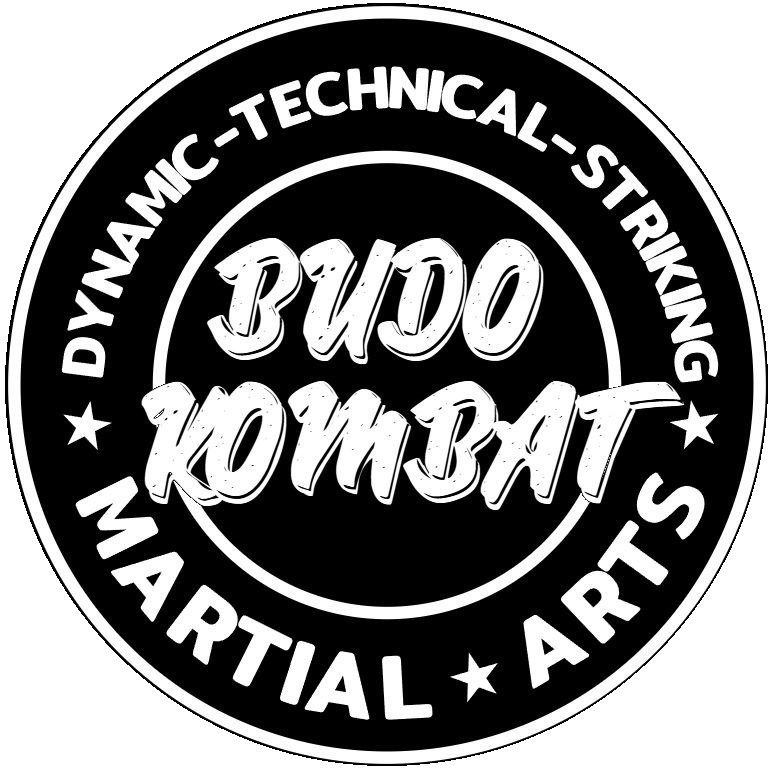
Etiquette & Principles
We believe having good Etiquette and Character is an important part of training in Martial Arts. These are preserved in Budo Kombat activities in the form of Budo Principles through the ‘Dojo-Kun’.
Dojo-Kun: a Japanese Martial Arts term literally meaning ‘Rules’ (of the Training Hall’)
The Budo Kombat principles are inspired by the Dojo-Kun established by Sensei Funakoshi, who was one of the main Okinawan Karate masters who introduced Karate to the Japanese mainland in 1922.
Traditions
Etiquette in the Dojo - Kindness, Consideration, Values:
The cardinal rule of etiquette in the dojo is simple: Consider others before you consider yourself. To do so it is necessary to understand that small things have great effect.
Over the years, many famous masters of martial arts said that if man could make the world his dojo, civilization would reap the benefits.
The dojo must be where kindness and understanding reign; It must be a refuge from the insensitivity of everyday life. The dojo must be a place of the way where values grow.
- from partner Sendokan Aikido Mississauga
Showing Respect and Humility:
A strong culture of respect is prevalent and personified in many South Eastern Asian nations and tribes, not just in day-to-day interactions but especially so engrained in the Martial Arts. The Way of Respect and how it is demonstrated in some areas in the East are not always consistent with how it is demonstrated in the West.
Bowing culture has been maintained in many Martial Arts, not just in the Japanese systems of Karate, AIkido, Judo, and Jiu Jitsu, but also in the neighboring Asian nations’ respective Martial Arts, including the National sport of Thailand - Muay Thai. In Budo Kombat, It is expected that the practitioners adopt some Eastern characteristics of showing respect explicitly and intentfuly through such cultural actions of tradition, among others. It is expected for practitioners to Bow upon entering the dojo floor/mat (Training Hall), as well as to each other at the start and end of the class to show respect, humility and acknowledgement for the training space and training partners that are made available to collectively practice such a craft which enables great personal growth. More on the importance of preserving Martial Arts Traditions can be found in the Posts section.
In alignment with the aforementioned aspects of etiquette and respect, with regards to entering the Dojo Floor/Matt Space:
Bow upon entering the Dojo Floor/Training Hall (mat space)
The following items may NOT enter the Dojo Floor/Training Hall (mat space):
Food and Beverage — may be kept close to the benches at the entrance of the mats
Attire that is not being worn (eg. hoodies) — can be kept in the changerooms, or by the benches at the entrance of the mats
Accessories (eg. watches, loose jewelry) — see Coach if there are any questions
Outdoor shoes — no exception, leave at shoe-rack. Indoor shoes may be worn that do not mark or scratch the mats

